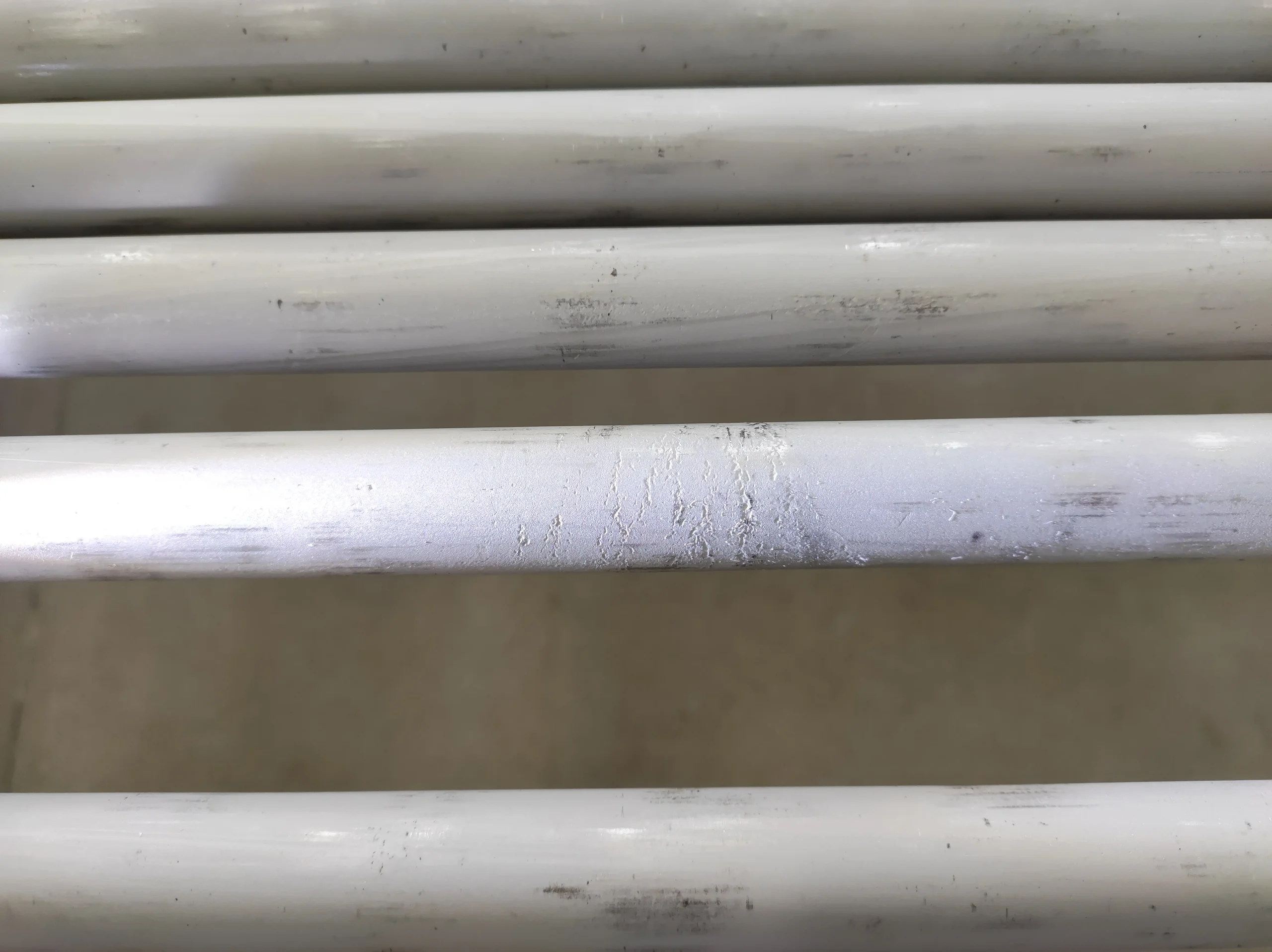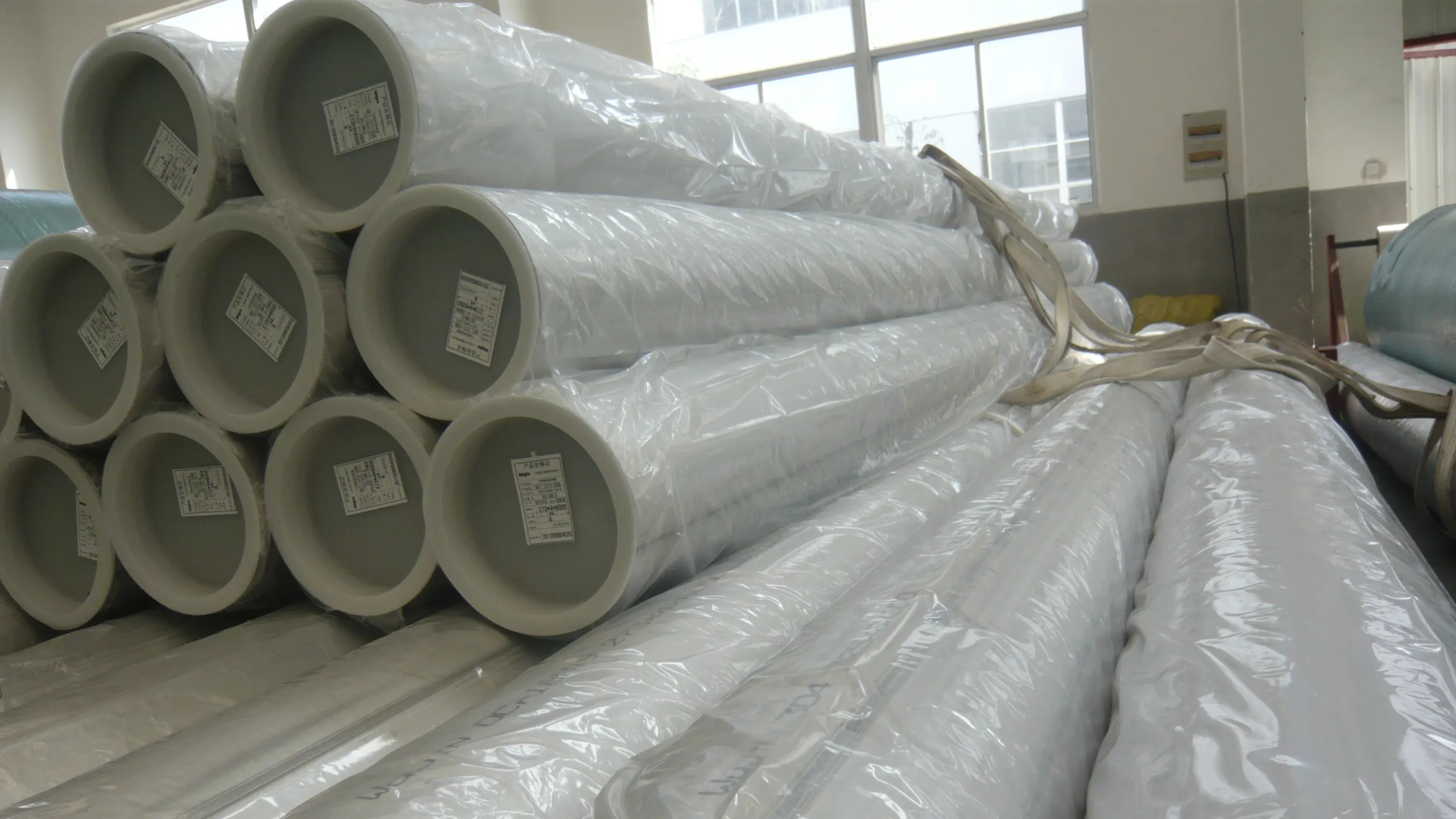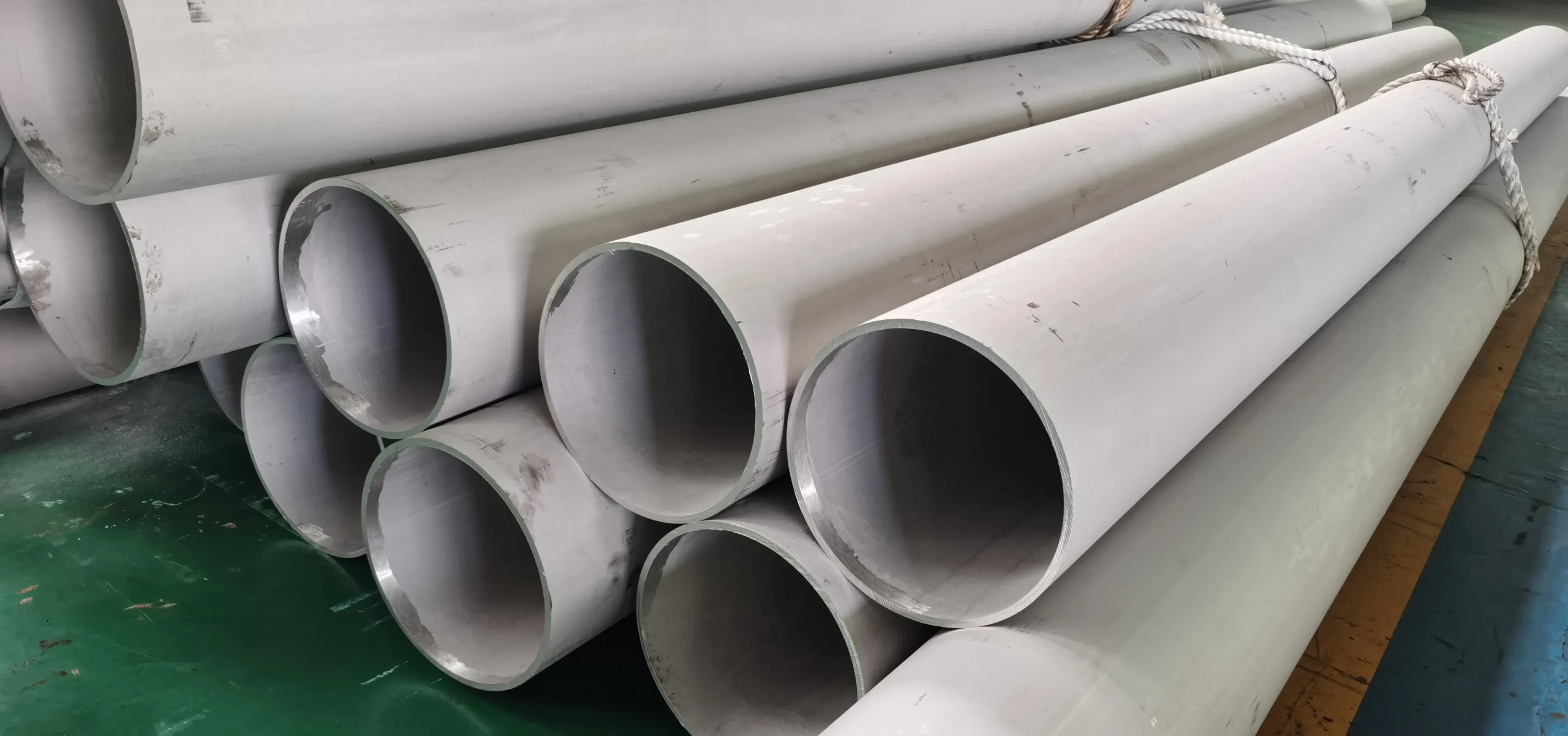A flange gasket is an important part that seals the space between two sections of pipe.So, these gaskets are vital in pipelines carrying water, liquids, or gases, for a safe, leak-proof connection. Unlike other surfaces, flange surfaces flare out and can easily cause fluid leaks if not sealed properly. Flange gaskets are specifically designed for these flanged surfaces to provide a tight seal and prevent leaks. In this article, we will discuss the types and importance of flange gaskets in detail.
Что такое фланцевая прокладка?
The flange gasket is the main sealing element in a flange connection, it connects tightly and prevents leakage. The flange gasket creates sufficient pressure between the bolt preload and the flange sealing surface to achieve a seal.
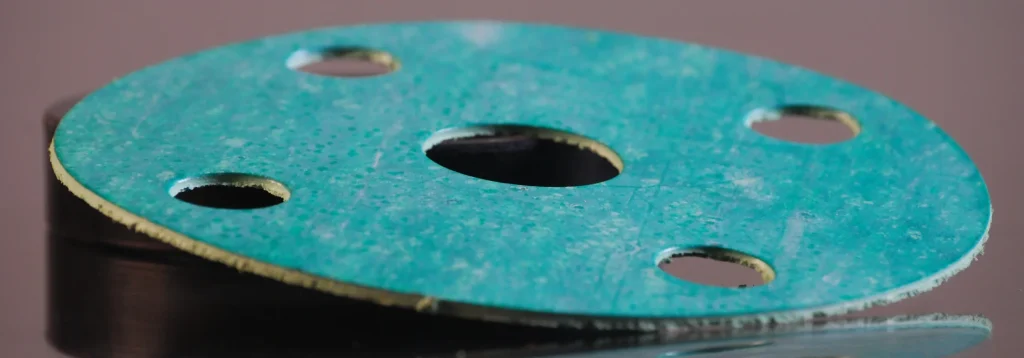
Types Of A Flange Gasket
Non-metallic Gaskets
Non-metallic gaskets have good elasticity and corrosion resistance, but relatively weak resistance to high temperature and pressure.
Rubber Gasket:
Material: Natural rubber, nitrile rubber, neoprene rubber, styrene-butadiene rubber, EPDM rubber, and so on.
Characteristics: Good flexibility, suitable for low temperature and medium pressure environment, part of the material has a certain degree of acid and alkali resistance and anti-aging properties.
Application Scenario: Seals for normal temperature, low pressure, water and non-corrosive media.
Asbestos Gasket:
Material: Made of a mixture of asbestos fiber and rubber.
Characteristics: High temperature resistance and excellent pressure resistance, but asbestos is harmful to human body and its use is restricted.
Alternative materials: Non-asbestos gaskets, usually made of synthetic fibers and rubber, with similar performance but without health hazards.
Application Scenario: Seals for medium and low pressure steam, water and gases.
Flexible Graphite Gasket:
Material: Cut or stamped from flexible graphite sheet.
Features: Excellent high temperature resistance, can maintain good sealing performance at high temperatures; high chemical stability, corrosion resistance; better resilience.
Application Scenario: Suitable for sealing of high temperature and strong corrosive medium.
Polytetrafluoroethylene (PTFE) Gasket:
Material: Polytetrafluoroethylene.
Characteristics: Excellent chemical stability, almost resistant to the erosion of all chemical media; very low coefficient of friction, good self-lubrication; but the compressive strength is low.
Application Scenario: Strong acids, alkalis and other corrosive media, as well as food, pharmaceutical and other industries with high cleanliness requirements.
Какие материалы мы делаем
- Нержавеющая сталь
- Duplex&Super Duplex
- Сплав на основе никеля
- View More Materials
Semi-metallic Gaskets
Semi-metallic gaskets are made from a combination of metallic and non-metallic materials. It combines the strength of metal with the sealing properties of non-metal.
Metal Wound Gasket:
Structure and material: Metal bands (e.g. SS304, SS316, etc.) and non-metallic filler materials (e.g. graphite, PTFE, etc.). The outer layer is usually reinforced with a metal ring.
Characteristics:Excellent sealing performance, adaptable to large pressure and temperature fluctuations. Strong elastic compensation ability, according to different working conditions to choose different filling materials.
Application Scenario: Sealing of petroleum, chemical and other high-temperature, high-pressure pipes and equipment.
Metal Clad Gasket:
Structure and material: Non-metallic materials (such as graphite, ceramic fiber, etc.) as the inner core, outsourcing a layer of metal flakes (such as stainless steel, aluminum, etc.).
Characteristics: Both the softness of non-metallic gaskets and the strength and durability of metal materials; good compression resilience; can withstand high pressure.
Application Scenario: Suitable for medium and high pressure pipeline and equipment sealing.
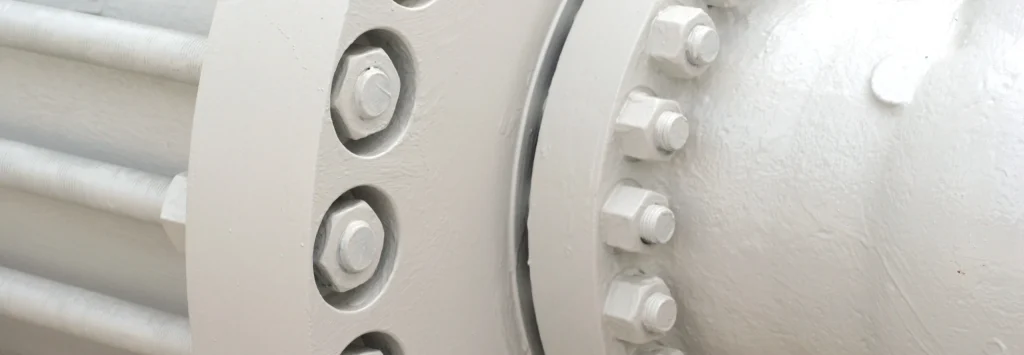
Metallic Gaskets
The use of metal or alloy materials by mechanical processing, with high strength, high temperature resistance, corrosion resistance.
Flat Metal Gaskets:
Structure and material: Flat ring gasket made of soft steel, stainless steel, aluminum and other metal materials.
Characteristics: High material strength, high temperature and high pressure resistance; but the sealing surface requirements are high, and depend on the flange surface flatness.
Application Scenario: High temperature and high pressure harsh working conditions.
Metal Ring Gasket:
Structure and material: Ring gasket made of metal materials (such as 304, 316 stainless steel, soft iron, mild steel, nickel-based alloys, etc.), with a specific cross-sectional shape (such as oval, octagonal, etc.).
Characteristics: Excellent sealing performance, dedicated to high-pressure flange connection.
Application Scenario: RTJ flange groove seals for high pressure environments.
Metal Waveform Gasket:
Structure and material: With corrugated metal surface, usually made of stainless steel or high temperature resistant metal materials.
Characteristics: The corrugated design increases the contact surface area and can adapt to the unevenness of the flange surface; provides good elasticity and sealing performance.
Application Scenario: High temperature and high pressure working conditions.
Metal Toothed gasket:
Структура и материал: Поверхность с зубчатой металлической конструкцией, обычно изготовлена из нержавеющей стали, углеродистой стали или сплава материалов.
Характеристики: Зубчатая поверхность может эффективно обеспечить хорошее уплотнение на поверхности фланца, а также может обеспечить хороший эффект уплотнения для неровной поверхности фланца.
Сценарий применения: Подходит для применений, требующих высокой эффективности уплотнения.
Металлическая прокладка для линз:
Структура и материал: Форма линзы, толстая в центре и тонкая с обеих сторон, изготовлена из нержавеющей стали или высокотемпературных металлических материалов.
Характеристики: Форма линзы обеспечивает равномерное распределение уплотнительного давления и хорошую герметичность в условиях высокого давления и высоких температур.
Сценарий применения: Подходит для уплотнения в средах с высоким давлением и высокой температурой.
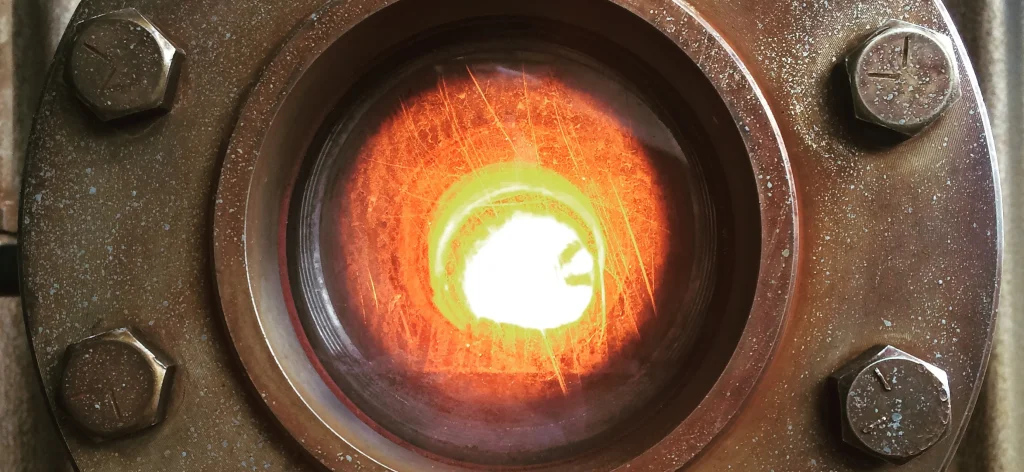
Сценарии применения и важность
Фланцевые прокладки играют важную роль в различных областях промышленности, особенно в нефтехимической, энергетической и металлургической отраслях. Правильный выбор и использование прокладок для снижения риска утечки может обеспечить безопасность и эффективность. В то же время на эксплуатационные характеристики прокладок влияют их материал, конструкция и способ установки. Поэтому правильный выбор прокладок очень важен для обеспечения надежности фланцевых соединений.
Выбор и установка
При выборе фланцевых прокладок необходимо учитывать такие факторы, как среда, давление, температура и тип уплотнительной поверхности фланца. Поскольку для различных сред, давлений и температур предъявляются разные требования к материалу и характеристикам фланцевых прокладок. При установке фланцевой прокладки убедитесь, что соединение прокладки и уплотнительной поверхности фланца хорошо загерметизировано. Если вам нужно, вы можете связаться с нами, чтобы сделать наиболее подходящий выбор для вас.
Возможно, вы также захотите прочитать:
Легкий или могучий. Алюминиевый или титановый фланец. Что победит в вашем проекте?
Алюминиевые фланцевые решения улучшат ваш дизайн!
С титановым фланцем справляется с агрессивными химическими веществами!
Освоение фланцев в нефтегазовой отрасли для достижения максимальной производительности!
Как понять и остановить ржавчину на фланцах
Как выбрать фланец?
Связаться с нами
- RM901 No.22 Tangjiaqiao Road Wenzhou Китай
- +86 577 8551 1171
- [email protected]
- https://www.kaysuns.com/
